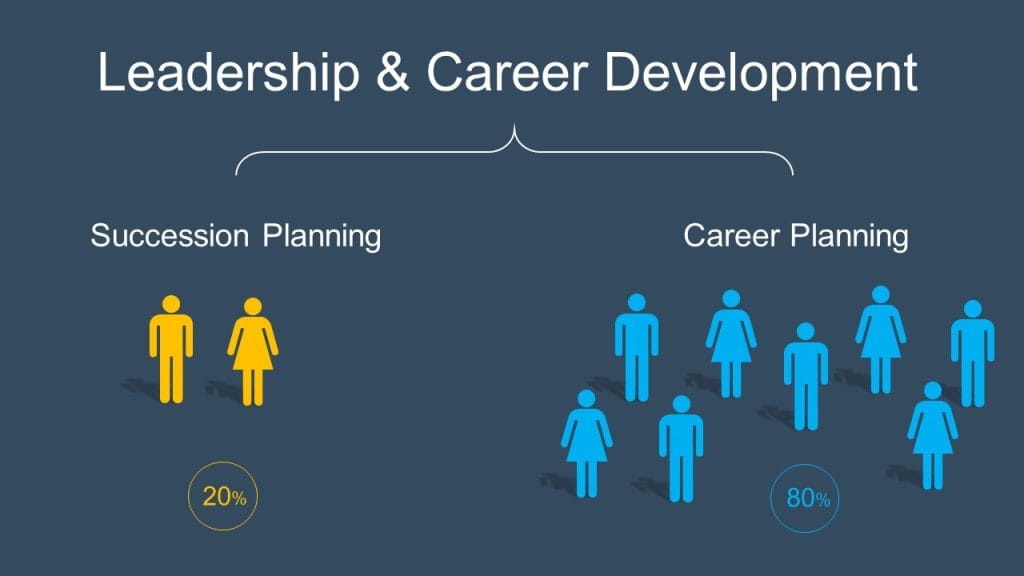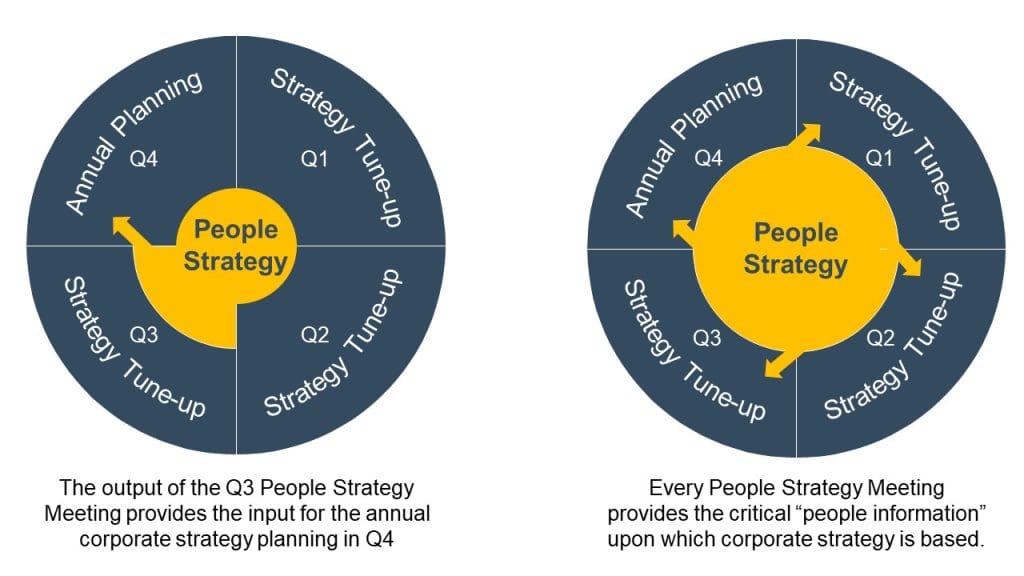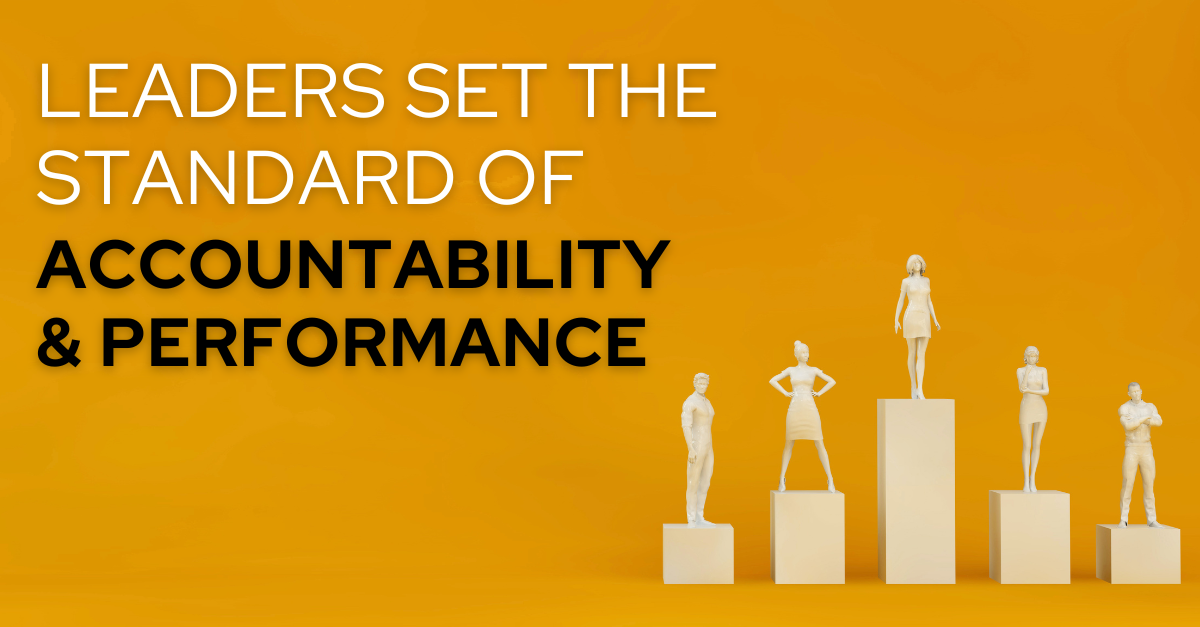Few leaders have earned a reputation for being an exceptional talent developer… but they’re out there.
You may have heard of some of them. In professional football, 20 of the NFL’s 32 head coaches trained under Bill Walsh or under someone in his coaching tree. In hedge funds, Julian Robertson, the founder of the investment firm Tiger Management, spawned the careers of dozens of top fund managers. And from 1994 until 2004, nine of the 11 executives who worked closely with Larry Ellison at Oracle and left the company became CEOs, chairs, or COOs of other companies. Author Sydney Finkelstein calls these talent developers “Superbosses.”
These exceptional leaders didn’t just build organizations; they developed a new generation of leaders. Unfortunately, most executives and middle managers don’t think or act the way Superbosses think and act. Why? Probably because they barely have enough time to get their own work done, let alone make it their personal mission to develop a legion of future leaders. That might sound like a cop out, but it’s a reality in many cases. Some managers “intend” to help their employees develop, but the urgent crises of the day tend to keep executives and managers in fire-fighter mode far more often than in capacity-building mode.
Smart business leaders recognize this inherent conflict and they’re doing something about it. They are making leadership and career development an organization-wide priority and are putting a system in place to make it the cultural norm.
The Common Denominator of Industry-Leading Companies
How well does your organization develop it’s talent? The answer to this question is often the single most significant difference between industry-leading organizations, and mediocre ones. Go ahead and think of any industry-leading organization, and you’ll almost always find that leadership and career development is one of their top strategic priorities.
Here are a few examples of industry-leading companies and what they do that demonstrates their commitment to leadership and career development.
- Marriott International has a custom leadership development program, as well as an internal mobility program that enables supervisors to gain hands-on experience in other departments to help prepare them for greater management responsibilities.
- Costco established Costco University where senior leaders facilitate discussions about difficult business issues and how to apply best practices to address them in the workplace.
- Most people at Procter & Gamble start out in entry-level positions and progress throughout the company in a variety of roles because P&G “hires the person, not the position.” This means that employees can experience a range of different responsibilities depending on their interests and talents.
- Google developed the “Career Guru” program where employees can enroll in highly focused and confidential career conversations with senior Google leaders.
How To Become a World-Class Talent Developer on a Small Budget
The industry-leading companies highlighted above are all massive companies with huge budgets. So how can average companies become exceptional talent developers?
Answer: they systematize it.
I help organizations implement a rigorous system where a “People Committee” reviews internal candidates against well-established promotion criteria, and then comes up with creative, customized development plans for those who meet the criteria. This is what succession planning is supposed to look like, not some document that’s collecting dust on the CEO’s bookshelf.
Succession plans tend to focus on about 20% of the workforce who want greater leadership responsibility and who are demonstrating the organization’s leadership competencies. However, world class talent developers give all employees access to exceptional career development resources and then let their career development program feed their succession program.
This way, all employees receive a rigorous development plan, while the organization can focus strategic energy and resources on the few employees who are the most prepared (at any given time) to take on greater leadership responsibility.
The Mechanics of a World-Class Leadership & Career Development System
Separate The Processes
Average companies tack career development discussions onto the last section of the annual performance review. World-class talent developers make career development discussions a separate process. Think about it. Performance reviews are backward looking. Career development discussions are forward looking. They are distinctly different discussions that deserve enough time to thoroughly discuss each.
Typically, the very last section of the performance review is the Career Development section. By the time the manager and the employee have slogged through the performance review and get to the last page, they’re exhausted. So the manager suggests, “Why don’t you just take a course on effective communication.” The employee heartily agrees so they don’t have to spend another minute in the diabolical torture test known as the “performance review”… and they’re done! Phew… glad that’s over with!
I have never seen anyone’s career development be fast tracked using this approach.
Organizations that are serious about career development make career development conversations a separate process. When they do, they signal to employees that their employer cares about them enough to develop them.
Average companies tack career development discussions onto the last section of the performance review. World-class talent developers make career development discussions a separate process.
Provide Trained Career Coaches
Let’s be honest, most managers are not naturally motivated to spend very much time preparing a member of their team to advance out of their current role and perhaps out of the department. That’s a problem because the greatest career development resource an employer can offer is a trained career coach whose only concern is helping an employee advance their career. Solution: the career coach model to career development.
The career coach model involves training managers to be effective career coaches and allowing employees to request their career coach. That way, managers can focus on helping their employees become awesome at their current job, and a career coach can focus solely on helping the employee advance their career. Only employees who want to develop their career request a career coach. This allows career coaches to focus their time only on people who are willing to put in the effort.
When employees select their career coach, they become “career owners” because they own their career, not their employer or the career coach. When someone asks you to be their career coach, something magical happens… you feel honored and don’t want to let them down. The career coach model is an elegant solution to a decades old problem of managers not being naturally inclined to spend much time on their staff’s career develop while hoping that HR can keep managers accountable to do so.
Integrate with Corporate Strategy
Most companies have a business strategy, or a “strategic plan,” but far fewer have a people strategy. That’s kind of ironic because how can an organization have any confidence in their strategic plan if they don’t know whether they will have enough of the right people to execute that plan?
Smart executive teams make sure they will have enough of the right people before they sit down to discuss corporate strategy. They do this by discussing their people strategy and the progress of succession candidates at regularly scheduled “People Strategy Meetings” which precede corporate strategy meetings. The output from quarterly people strategy meetings provides a critical input to quarterly corporate strategy meetings, like this:
Ideally, corporate strategy will be done once a year followed by quarterly strategy tune-ups (strategy expert, Rich Horwath, details this process in his book Deep Dive). Prior to each quarterly strategy meeting, the “People Committee” meets to review their top talent and how they are progressing in their development plans. This gives the executive team precise information about the talent available when they discuss the feasibility of their corporate strategy objectives and milestones.
World-class organizations put their people first, and position them at the heart of their corporate strategy.
Waste Not, Want Not
What percentage of your workforce is languishing in career limbo, left with the distinct impression that if they want to advance their career, they need to go elsewhere? Whatever percentage you estimate, they represent the talent your organization is wasting. And it’s a good bet it’s those same people who are not engaged and productive in their work.
Organizations don’t have to continue wasting their talent any longer. Lack of budget is not an excuse. Make leadership and talent development a top strategic priority and join the elite league of industry leading companies, who, not surprisingly, are also world-class talent developers.
______________________________________________________________________________________
Check out the book that has received critical acclaim as “an invaluable guide for identifying, and taking advantage of, talent within organizations.”








